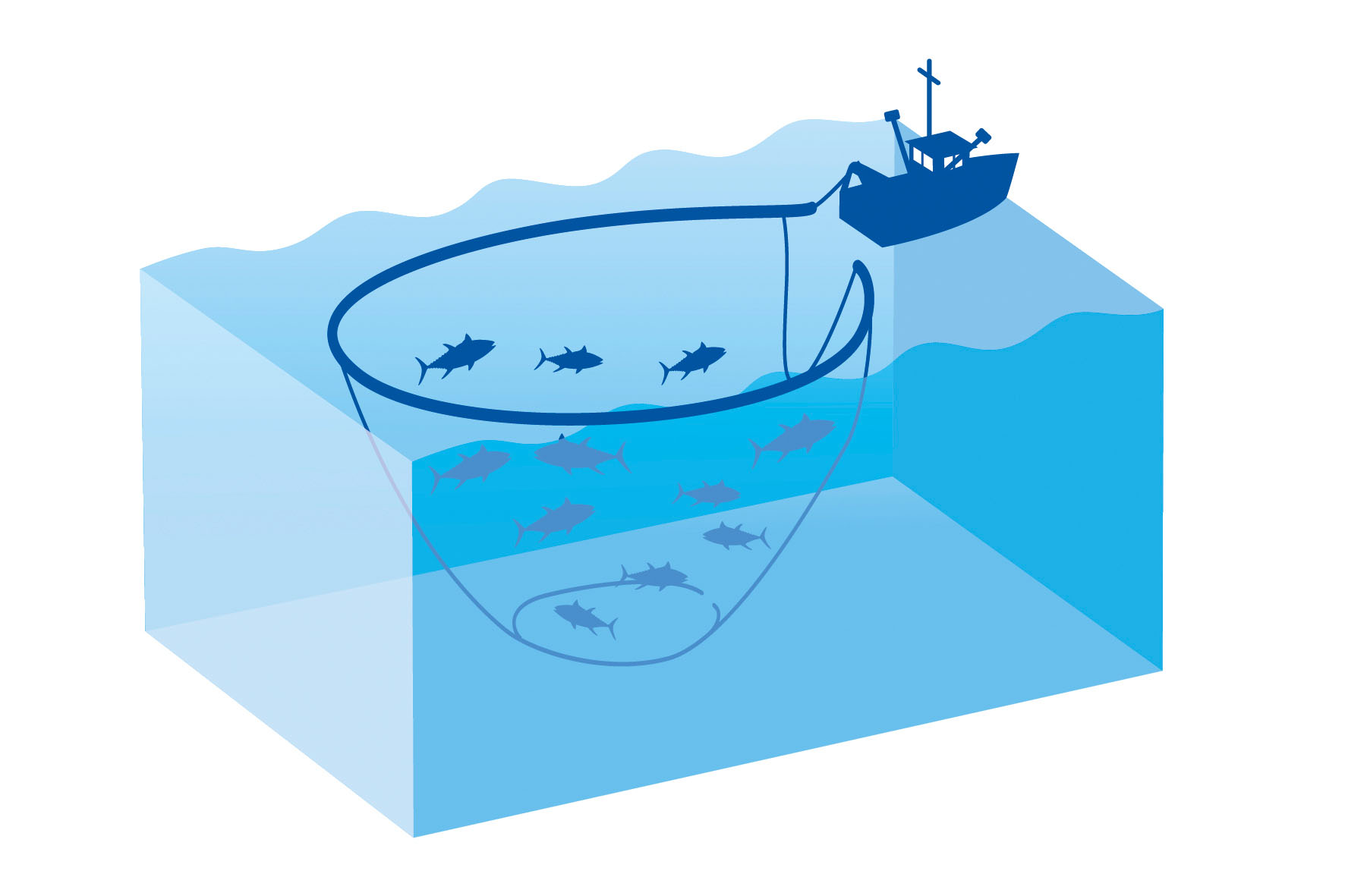Average Weight/Length
Other "Popular" Names for this Fish
Location Habitat
Biology & Physical Description
Life Cycle & Mating Behavior
Geographic Species Map (Fishbase.org Map)
|
|

|
Summary of Distribution: Atlantic, Indian and Pacific: in tropical and subtropical waters. Highly migratory species, |
|
Note: Distribution range colors indicate degree of suitability of habitat which can be interpreted as probabilities of occurrence (fishbase.org) |
|
Sport Fishing Techniques
|
|
TrollingA trolling boat has multiple outriggers, poles and lines attached that use lures dragged across the ocean surface at speeds of 4 – 10 knots. Large beefy hooks are used with special durable lures allowing the fisherman to easily unhook the gamefish that has been caught and quickly get their lines back into the water. The larger the lures, the larger the potential fish, the larger the hooks. A tuna boat will usually make slow wide circles when trolling. A billfish boat will usually work ledges, fathom lines, zig zag area coordinates or make trolling circles if bait or a porpoise school is located and/or if they are fishing a FAD.. |
|
|
|
Kite Fishing (Trolling)Kite Fishing Trolling is when you are.... |
|
Commercial Fishing Techniques
|
|
Pelagic LonglineThis fishery uses a longline to catch a variety of pelagic fish on the high seas such as tuna and swordfish. A deep-set longline is used to primarily target tuna and a shallow-set longline is used to target swordfish or mixed species including bigeye, Albacore and yellowfin tuna. Baited hooks are attached to a line that floats in the ocean using buoys and flagpoles. |
|
Tackle & Baits
Game Rating
Game Rating : 9/10
Game Description :
Top of the heap in any weight class speedy. Strong and acrobatic. When a mahimahi takes the hook, its colors are brilliant blue and silver dappled with yellow. These fade quickly when the fish dies. Large aggregations of mahimahi are common around flotsam drifting at sea and off fish aggregation buoys
Food Rating
Game Rating : 10/10
Game Description :
Hawaiian Mahimahi is regarded as some of the highest quality in the world with fish over 15 pounds in size being preferred. Their flesh is white, firm, sweeter than Ono, and delicious when saut'ed, baked, broiled, or fried. Mahimahi is one Hawaii's most well-known and popular fish! Genuine Hawaiian Mahimahi tastes like a vacation in the islands with its delicate, almost sweet flavor. Not to be confused with Mahimahi from other locations, Hawaiian Mahimahi is naturally juicy. The meat is fluffy and full of natural oil from living in the Hawaiian sea. HawaiianSeafood.com Mahimahi is selected with a low water content and thick body size with very mature oil content. Freshness is the real key; our Mahimahi are caught only hours before the boats land! Mahimahi is best enjoyed when fresh and can be prepared many ways, but care must be taken to not overcook the fish.
Picture (Fish)
|
|
|
|
|
Picture Mount
|
|
|
|
|
|




















 Dorado
Dorado 











